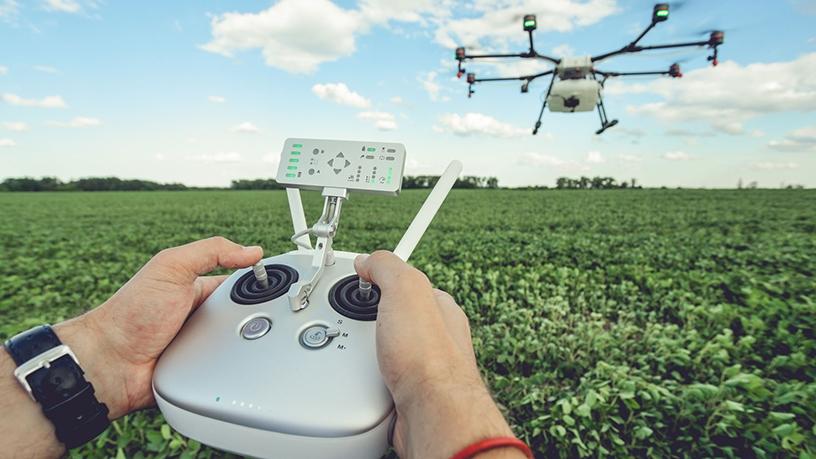
The global market for precision agriculture solutions is forecasted to grow at a compound annual growth rate (CAGR) of 13.6% to reach about EUR4.2 billion in 2021.
This is accord to Berg Insight's report titled: M2M/IoT Applications in the Agricultural Industry, which notes that the outlook for the smart farming solutions market is positive as agricultural production remains greatly underpenetrated by IOT technologies.
A set of technologies are applied in precision farming practices, which are aimed at managing variations in the field to maximise yield, raise productivity and reduce consumption of agricultural inputs, says the study.
While solutions such as auto-guidance and machine monitoring and control via on-board displays today are mainstream technologies in the agricultural industry, telematics and variable rate technology (VRT) are still in the early stages of adoption, it adds.
Interoperability between hardware and software solutions remains a challenge, although standardisation initiatives led by organisations such as Agricultural Industry Electronics Foundation and AgGateway are pushing progress, says Berg Insight.
According to Research and Markets, global precision farming market is expected to reach $9.78 billion by 2025. It notes a global population expansion is expected in the coming decade with population estimates expected to grow from 7.3 billion currently to around 8.5 billion by 2025.
This increase in the global food requirement will drive the need of higher efficiency and yield rates in forms and will also act as a conduit for the adoption of robotics and automation technologies in the agricultural domain, adds Research and Markets.
Though the precision farming market is seeing certain low capital based cost-effective solutions cropping up in the last few years, high capital costs for technologies like VRT is still a barrier for adoption by farmers, it says. Added to the lack of independent field testing to help farmers with decision-making with regards to equipment and machinery, adoption of precision agriculture hardware and software services is till limited to few developed nations, it says.
Meanwhile Berg Insight notes the number of installed wireless devices for applications in agricultural production is forecasted to grow at a CAGR of 10% from 17 million connections at the end of 2016 to 27.4 million connected devices by 2021. Cellular connections amounted to 0.8 million at the end of 2016 and are expected to reach 3.1 million in 2021, it adds.
The study notes the main application areas for cellular communication comprise telematics and in-field sensor systems. The IOT market and low power wide area technologies are expected to achieve the highest growth rate and realise a significant market position in the remote monitoring and control segment.
"The traditional industry boundaries within the agricultural sector are slowly beginning to blur as agricultural equipment and precision farming solutions are becoming parts of broader systems", says Fredrik Stalbrand, IOT analyst for Berg Insight.
Partnerships and consolidation among agricultural equipment manufacturers and precision technology companies marked the theme of the last decade, but alliances are now expanding in scope among original equipment manufacturers, input producers, software companies and agronomic services providers, says Stalbrand.
"The market is today evolving into a thicket of interlocking relationships that create complex competitive dynamics. Investments in application programming interface, along with open IT architectures, will be key to support the level of flexibility needed in the digital ecosystem that is emerging within the agricultural industry."
Share